
3.6 Segment structure rules listed. The chart contains a smattering of the many rules required to enable an interpretation of the many names that may appear in and with dates on the Western calendar. The first rule is all that would seem to be needed for words that need no interpretation (except in context).


In the second rule the elements may be roughly interpreted as indicated in the sample lexical entries. The exact interpretation of various levels of precision has been left open. It should be possible to augment such approximatives as illustrated with a set of more precise ones, if required.
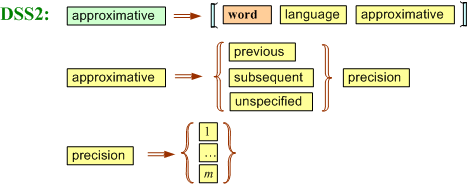

The third rule refers to the syntactic environment of the era name, whether it appears before or after the date. While the date “style” is not strictly an era name, when it appears, the (preposed) era name is understood to be “A.D.”
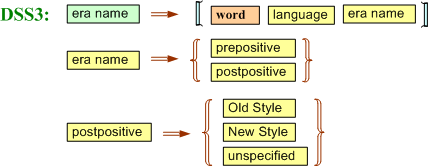

A uniform fully interpreted calendar date ought to be something like the Julian day number used in astronomy. The calculation of the moveable feast dates, such as Easter and those calculated relative to it, could be implemented by the use of tables or algorithms. Such parameters that might be used with any algorithms would be associated with the relevant lexical entry.
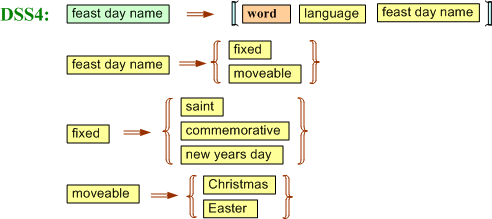
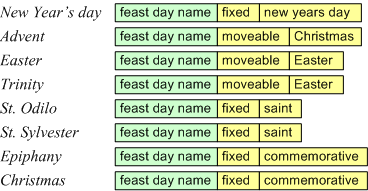
We have desribed the use of Arabic and Roman numerals in at least eight different places on the Western calendars. These are all varieties of the numeric name of rule five. Most of the environments bound the range of the possible numbers as indicated in the generalized lexical entries illustrated.
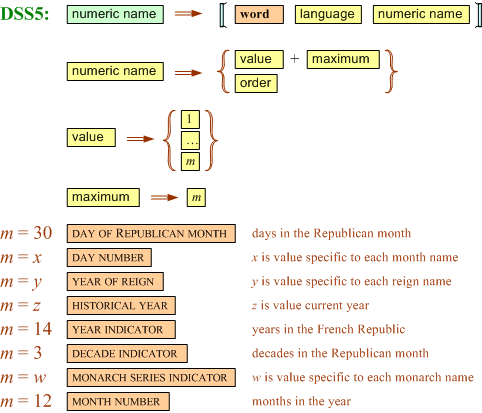
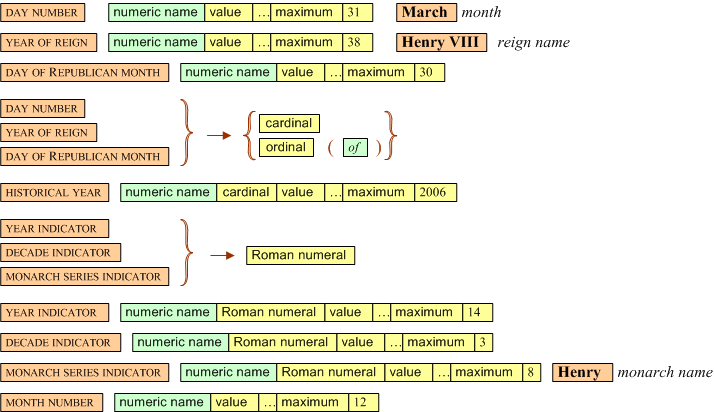
The months come in three varieties: 1) particular named periods in the various languages, 2) the French months of the Republic, 3) Arabic numerals used by the Society of Friends. There is a natural order to the months, which can associate them with the numbers from 1 to 12. Some of them still reflect their order by their name (in Latin, provided the first one is assigned to March), but only the Quakers made this order into their name. The definition of New Years day is important for the correct interpretation of the number names.




